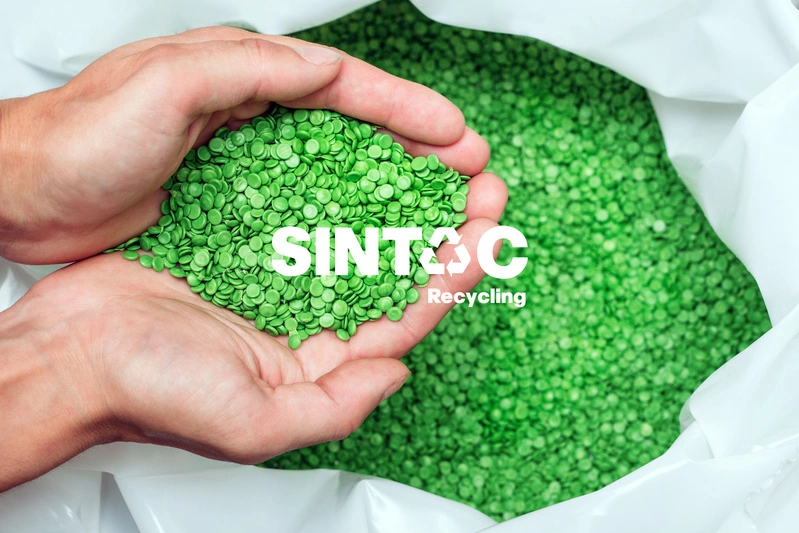What is a polymer? Definition, types and materials
The word “polymer” comes from the Greek and its meaning is “many parts”. In chemical terms, polymers are macromolecules, which are large molecules made up of one or more smaller molecules, known as “monomers”.
Definition of polymer
Polymers are ubiquitous in our daily lives due to their versatility and are used in numerous fields for a wide variety of industries. They exhibit diverse properties depending on their chemical structure, dimensions, the distribution of the molecular masses of their macromolecules as well as the level of interconnection of the chains.
What exactly is a polymer?
Polymerization is the result of the chemical process by which monomers combined chemically by addition or condensation form the polymer, a linear chain or three-dimensional macromolecule. Some polymers are natural, such as wool, cellulose or natural rubber; semi-synthetic, derived from processes that transform natural polymers; or synthetic, obtained in laboratories or by industrial processes based on monomers and catalysts. Synthetic polymers are generally composed of petroleum derivatives and are used to manufacture plastics such as polyethylene, rubber and nylon.
Polymers have a linear, branched and cross-linked chain structure. Most linear and branched polymers are thermoplastics, and therefore soften at high temperatures and harden at colder temperatures. In contrast, cross-linked or cross-linked polymers are thermosetting and therefore harden irreversibly. Polymers can be processed in different ways, such as injection molding and extrusion. They can also be modified with additives to obtain certain properties.

The different types of polymers
Given their great versatility, there are different classifications. Thus, they can be classified according to the following criteria:
- Type of monomers that constitute them: homopolymers or copolymers
- Type of formation of the polymer chains: polymerization, polycondensation or polyaddition
- Type of bonding: chemical or intermolecular forces
- Materials of which they are composed: thermoplastics, elastomers or thermosets
- As all these factors are highly variable, there is a wide variety of polymers that can be used for numerous applications
Polymeric materials
As noted above, there are many different applications and uses of polymers in the marketplace. Listed below are the different types of polymers and some of their respective applications.
Polypropylene (PP)
Belonging to the polyolefins category, polypropylene is a thermoplastic compound produced from the addition polymerization of propylene monomers. It is used, among other things, for fibers, food and chemical packaging and hospital supplies.
Polystyrene (PS)
It is a homopolymer resulting from the polymerization of styrene monomers. It is also a component of thermoplastics, making it more flexible. It is used in the manufacture of thermal insulation and machine parts, automobiles and toys.
Polyethylene terephthalate (PET)
PET is a thermoplastic material manufactured by the reaction of ethylene glycol and terephthalic acid. It is generally used in the manufacture of fabrics, beverage containers, yarns, cleaning products, brooms or food products.
Polycarbonate (PC)
It is a long-chain compound consisting of functional assemblies bonded to carbonate assemblies. The most common applications for this compound are bottles, CDs and filter containers.













